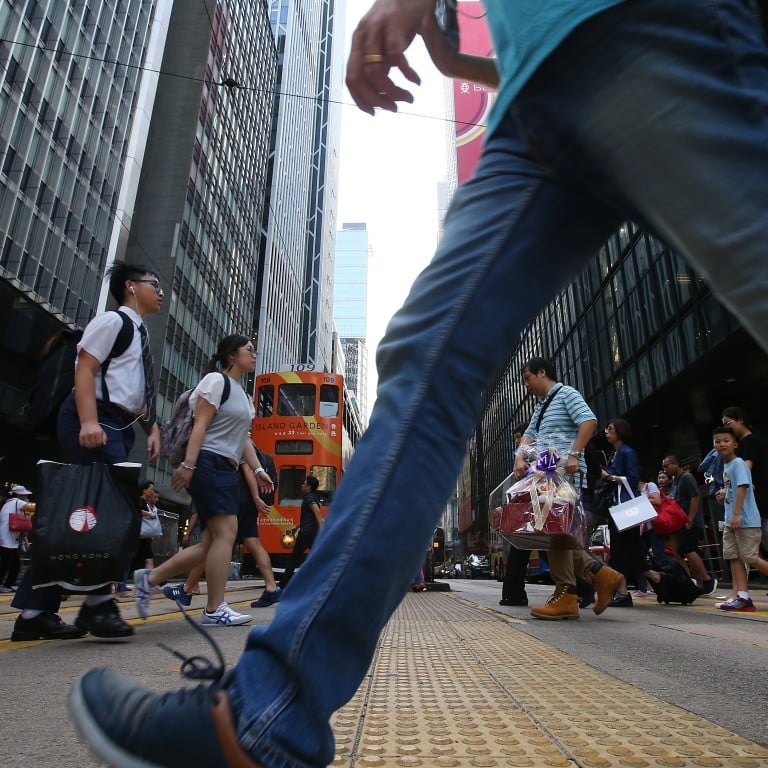
Explainer | Why the Hong Kong government’s plan for a pedestrian-friendly city is no walk in the park
- Initiatives involving pedestrian-only zones and low-speed driving areas are meeting resistance over fears about noise pollution and illegal parking
- Timing of policy bid also coincides with coming polls where district council candidates are more likely to favour resident concerns
While Hong Kong is notorious for its narrow pavements and car-centric urban planning, authorities are in a bid to reverse the trend with a significant push for a pedestrian-friendly city this month. The Post looks at the new initiatives.
What are the government’s latest efforts to promote walkability?
In two district council papers issued this month, the Transport Department chose Central, the city’s business and heritage centre, and Sham Shui Po, one of the oldest districts, as trial locations for building walkable areas.
In Central, the department will set up pedestrian-only zones in a “culture, history and entertainment street area” covering Hollywood Road, Soho and streets around heritage sites such as the former Central Police Station known as Tai Kwun, as well as the former Police Married Quarters (PMQ).
The department will also widen pavements on streets leading to the harbourfront, and provide pedestrian links to large car parks to promote a “park and walk” concept.
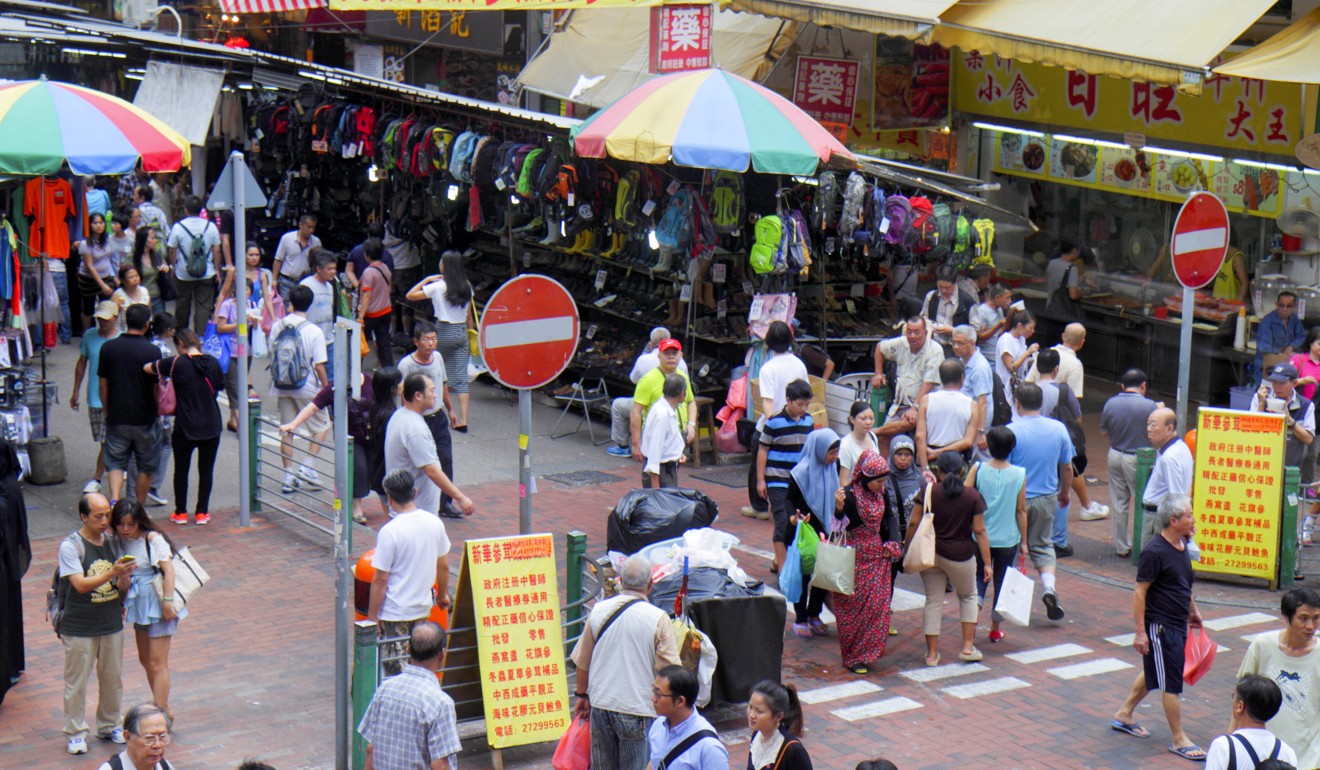
In Sham Shui Po, nine retail-heavy stretches between Yen Chow Street and Nam Cheong Street, as well as between Tai Po Road and Lai Chi Kok Road will become speed limit zones, where motorists cannot exceed 30km/h, slower than the usual 50km/h for ordinary roads.
Time for government to take back control of city streets, leading think tank says
The department will also build green corridors connecting the district’s centre with the harbourfront, expand existing pedestrian zones, and provide leisure and green spaces under the West Kowloon Corridor highway.
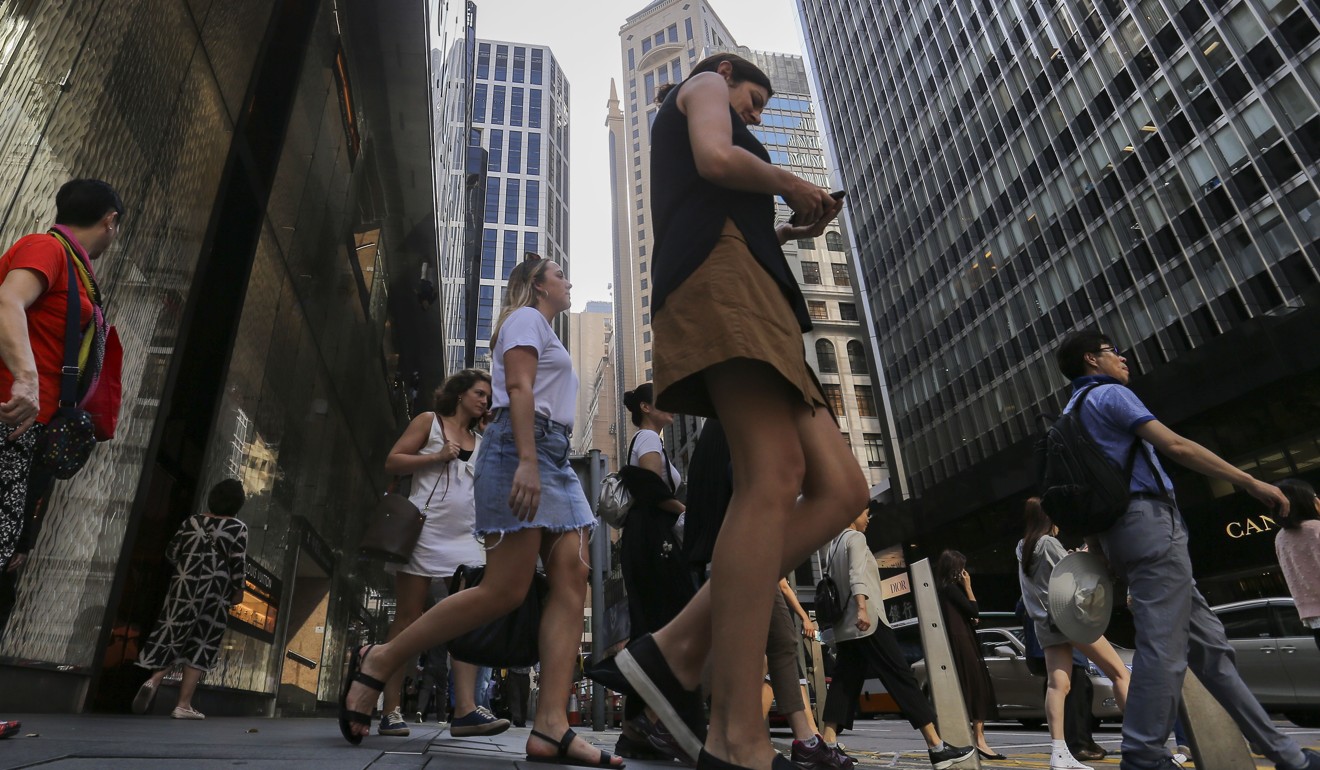
Why the need for this?
City planning advocates have long urged for increasing walkability in Hong Kong, arguing that the city is friendly to drivers but not pedestrians. Urban areas are often dissected by roads and people are squeezed onto narrow pavements, often having to go up and down footbridges or underground passes, to navigate the city.
Leung Chun-ying, the city’s previous leader, raised the plan of developing a walkable city in his swansong policy address in January 2017.
Why should Hong Kong be more walkable? Environmentalists and tour groups spell out reasons
The department then commissioned a consultancy study on the plan in December that year, and started its first round of public consultation last year. The two trial districts were picked after this process.
“Hong Kong is a compact, high-density developed city, and an international finance and trade centre. It also has rich and accessible green and blue natural resources,” the department said in the paper, referring to trees and the surrounding waters.
“It has ideal conditions to become a world-class walkable city.”
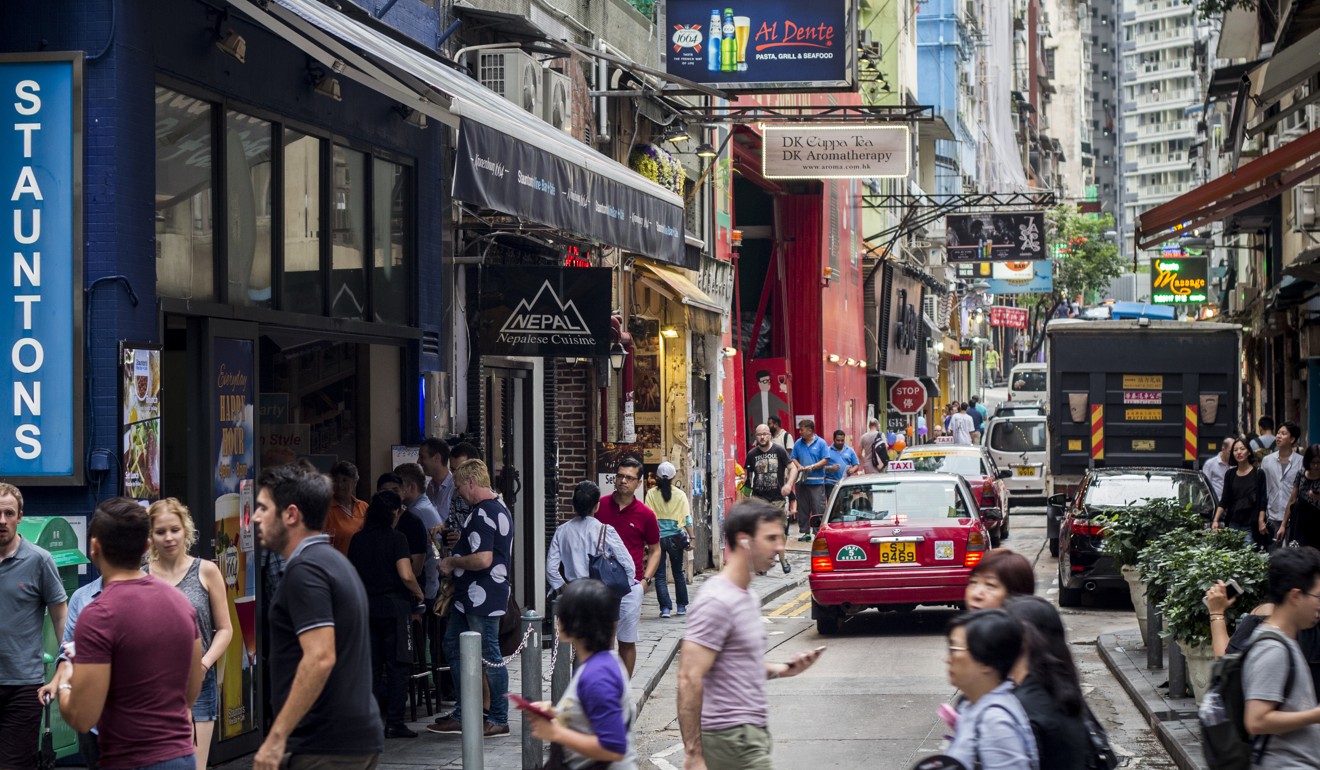
Sounds good, but will people buy into it?
Not necessarily. Two initiatives in the plan are in fact highly controversial – pedestrian-only zones and low-speed driving zones.
Pedestrian zones have developed a bad reputation in the city: the government closed the iconic Mong Kok zone in Sai Yeung Choi Street South last year due to mounting complaints against unruly street performers who fought over territory and sparked noise pollution, as well as telecoms promoters that crowd foot paths with their banners.
On a radio programme on Wednesday, Central district councillors Yeung Hok-ming and Bonnie Ng Hoi-yan both raised concerns over pedestrian zones.
They said Hollywood Road was an important thoroughfare with key bus routes, and PMQ was surrounded by residential buildings with homeowners who would not welcome pollution.
“The government has not given us a plan to better manage the proposed pedestrian zones and ensure that there will not be roll-up banners and loudspeakers everywhere,” Yeung said.
Pedestrian zone to be scrapped after more than 1,000 complaints
Sham Shui Po district councillor Lau Pui-yuk said illegal parking was rampant in the proposed low-speed driving areas, so traffic was already very congested there. She feared that setting a speed limit without addressing illegal parking would worsen the situation.
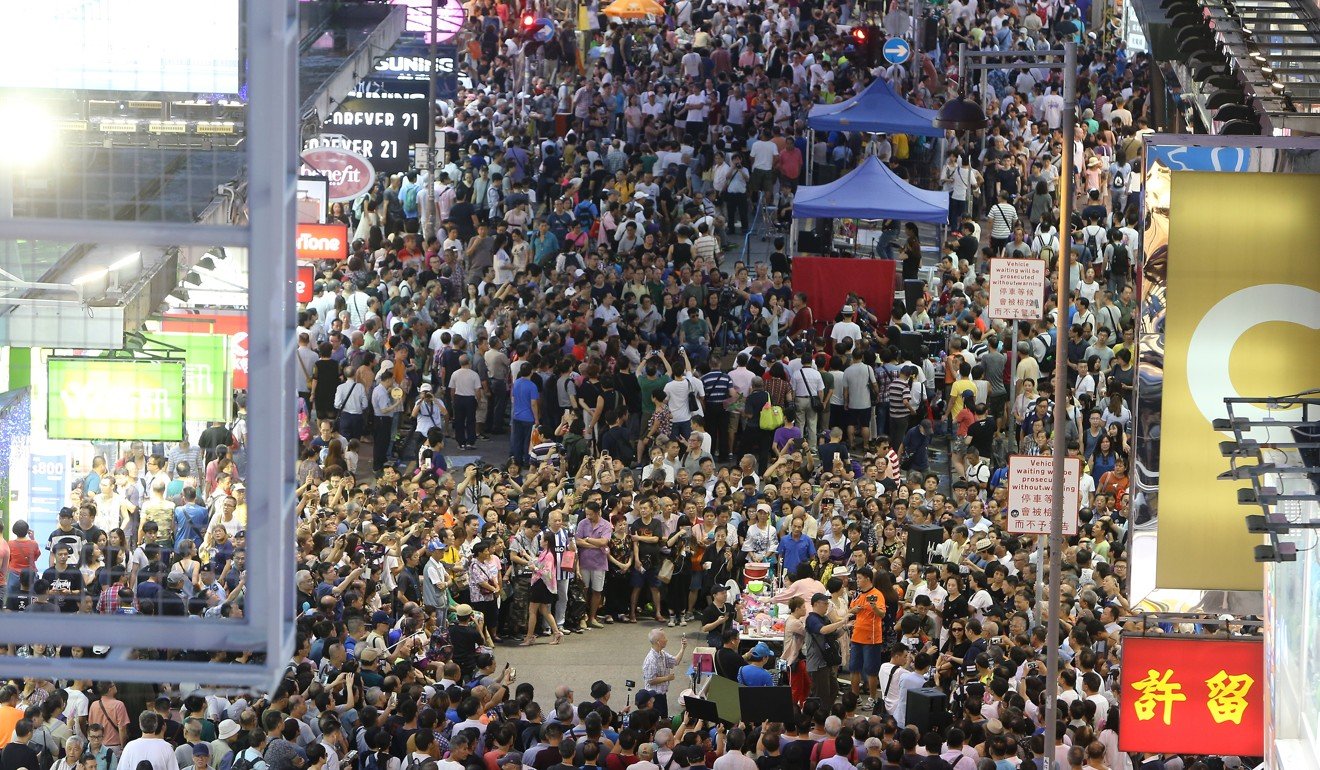
Then how will the plan see light?
Paul Zimmerman, chief executive of urban planning advocacy group Designing Hong Kong, said the government chose the “worst time to announce a scheme that’s innovative”, given that the district council elections in November would mean candidates would use local concerns to gain political leverage.
But he said the government should give an “intelligent response” to the worries instead of backing down on the plan.

“I think it’s fantastic that the government is really looking into [walkability],” Zimmerman said.
He believed officials should set up district-based offices to test different initiatives and coordinate with police and relevant government departments for better management of the zones.
“Hong Kong has to learn how to manage our streets better,” he said. “We cannot stop because of Mong Kok.”
For nearly two decades, a 500-metre stretch of Sai Yeung Choi Street South had been famous for its flamboyant performers, but last July they played their last act after authorities reopened the area for traffic, following more than 1,200 complaints by residents.

